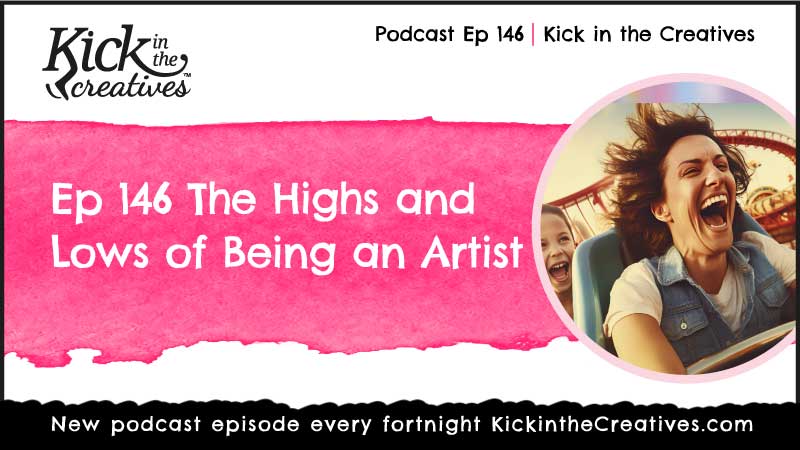
The art industry has significantly evolved in recent years, particularly with the growth of remote employment options. Artists are free to expand beyond physical venues or traditional studio facilities. Instead, many people are using remote work to launch successful art careers. Whether you work as an illustrator, traditional or digital artist, you may now make a full-time remote living off of your creativity. Here is how.
Finding Remote Artist Jobs
First, you need to know what you’re good at and what you need to learn or accomplish to reach your artistic goals. Don’t take a random job that sucks your soul out. Your future job must help you build your skills and resume. So search for jobs that excite you! You want to be a great contributor to their business with your expertise and passion. Make a list of jobs you’d enjoy doing, tailor your resume to each specific job offer, and start your search. Fortunately, there are many sites where artists can post their resumes and apply for jobs.
Best Platforms for Remote Artist Jobs
There are websites made especially for artists who want to work remotely. These networks put you in touch with potential clients and present you with projects that fit your expertise. For instance, many remote artist jobs advertisements are available on Jooble.com, including opportunities for graphic designers, digital illustrators, and more. Furthermore, websites like Freelancer, Fiverr, and Upwork are great for finding freelance jobs. You want to build your skills and interests and these “small” jobs could grow into a nice creative career rather quickly.

Creating an Impressive Online Portfolio
A beautiful but functional online portfolio is crucial for attracting prospective customers and employers. Your online portfolio should demonstrate your proficiency in working in a digital setting besides the traditional one.
Key Elements of an Effective Online Portfolio:
People judge us quickly, therefore, it’s essential to make a great impression instantly. Consider using websites such as Behance, Dribble, or your personal website with a portfolio to display your best and coherent work. Ensure it’s visually beautiful, simple to use, and thoroughly explains your job procedure. If you have different volumes of work, categorize them for easy access and presentation. Look at other sites and artists for possible ideas. Understand what makes their portfolio look great to inspire yourself to put your best foot forward with your artwork.
Tips for Your Portfolio:
- Curate your best work to reflect your unique style.
- Include a short bio and contact information so potential clients can reach you easily.
- Update your portfolio regularly with new projects to keep it fresh and relevant.
- Please be quick answering your email and phone! No one is going to deal with you, if it takes you a week to reply to a simple email request. Check your spam folder often as many emails go in there and you might miss out on opportunities because of that.

Networking in a Virtual World
It’s crucial to socialize and network with others in your field! Even if you plan working remotely, online communities help you build social standing and friendships. Participate in online forums, social media groups, and virtual exhibitions besides going to in-town gallery openings or art fairs. People work with people and this skill is a must to master in today’s busy world.
Best Platforms for Virtual Networking & how to grow your network
Start with sites like the Reddit art community, Instagram, LinkedIn, DeviantArt and other platforms. On these platforms, you may interact with other artists, present your work, and make connections with possible customers. Instagram benefits visual artists, LinkedIn facilitates business relationships, and Reddit offers insightful user comments. Don’t be annoying, rather make thoughtful comments or messages that can build a future relationship with a key figure of your choice. So engage in dialogue, comment on other people’s work, and offer your perspectives. You may want to publish your art portfolio in free magazines to build authority. You can also take part in online competitions and challenges but refrain from the paid ones as it could be a money-sucking pit. If you just start out, use free calls for art on Submittable platform. Some of them even pay a little bit of money for covers, writing, etc. These are some of art marketing methods for gaining recognition and connecting with other artists or possible customers. Overall, be proactive in your creative career and don’t wait to be discovered. This is one of major mistakes artists make.

Mastering Time Management as a Remote Artist
Finding the right balance between creativity and time management is one of the main issues artists face. Working from home or studio can make you inefficient and sidetracked. Remote artists must create their own methods for maintaining productivity and fostering creative energy. Know yourself and stick to a work schedule you can manage and enjoy. It’s more about building efficiency as opposed to working long hours.
Practical Time Management Tips
- Set clear work hours: Create a workday-like plan weekly. Set start and end times to signify “work mode.” to yourself and others. This prevents work from leaking into personal time and promotes work-life balance.
- Prioritize tasks: Start your day with the most urgent deadlines or projects. Start with the most complex or urgent tasks. After these high-priority duties, you can focus on personal creativity or smaller jobs. Trello and Asana can organize your workflow and prevent mistakes.
- Take regular breaks: Working incessantly might deplete your creativity. Take breaks by briefly walking, working out, or leaving your desk to rejuvenate your mind.
- Create a dedicated workspace: A workspace helps your brain associate it with productivity. Reduce distractions. Create a beautiful work space you want to live in. Have a window, house plants and your favorite objects to inspire you daily.
- Use time-blocking techniques: Time-blocking allocates time to tasks. For example, you might dedicate mornings to client work and afternoons to personal projects or marketing. Leave evenings for painting. This method reduces multitasking by keeping you focused on one job.
- Incorporate creative downtime: Read, explore outdoors, do yoga or try new painting techniques for creativity boost.
- Set boundaries with clients and personal commitments: Remote artists often blur personal and business time. Set availability hours with yourself and clients. Never miss your deadlines and response times.

Monetizing Your Art
Artists working from home have various earning options besides working for clients. You can sell prints, license your art, or open a Patreon page to finance your initiatives. It takes time to see the results with these ideas because you’ve got to build a community around your vision and art first.
Exploring Different Revenue Streams
Beyond client work, artists can make money in other ways. Popular choices include:
- Selling digital art: Etsy and Gumroad let you sell digital copies of your art, letting people buy and utilize it immediately. These could be pdf files or high-quality digital prints that people can print off of their printer. There is no shipping cost involved that eats into your profits. Look at top best-sellers on these platforms for inspiration and see what you can offer with your creative skill set.
- Offering online classes: Teach others via pre-recorded videos or live workshops. Use Skillshare or Udemy to expand your audience without paying a dime for files storage.
- Creating a passive income stream: You may make money by licensing your artwork for use on goods like phone covers, t-shirts, or prints through websites like Redbubble. Once again, it’s smart to look at best-selling artists to pick up on their strategies, etc. Building a fan base is crucial to sell merchandise.
Conclusion
A successful remote art job demands imagination, self-control, and astute financial acumen. Those who are proactive and are prepared to adapt have many opportunities. Because of the digital world, artists can now expand their professions, connect with people worldwide, and monetize their work in new ways.
To explore art marketing tips further, visit:
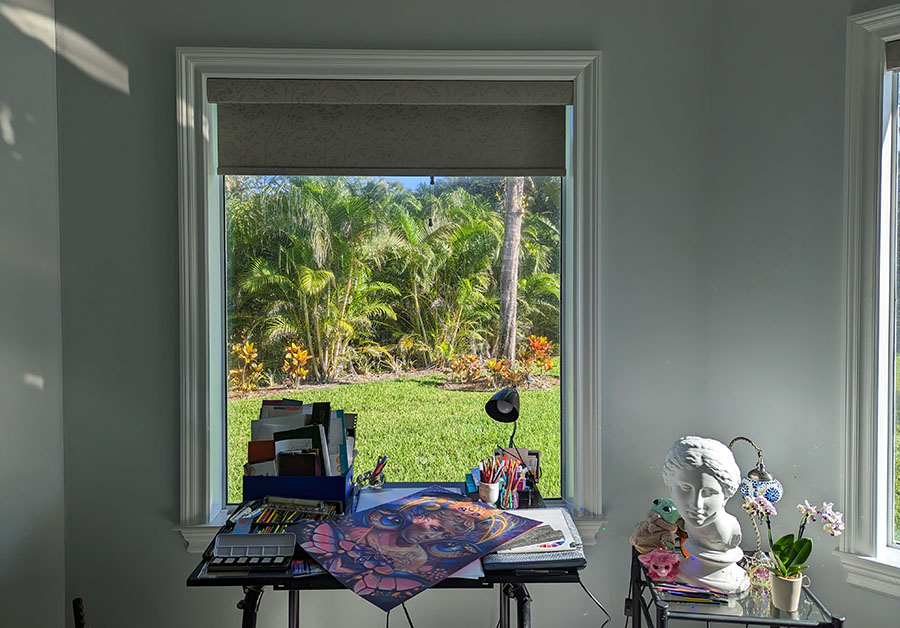
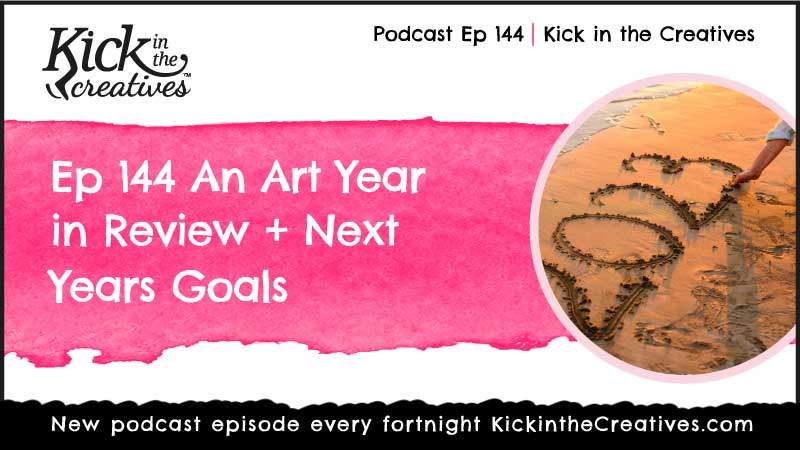



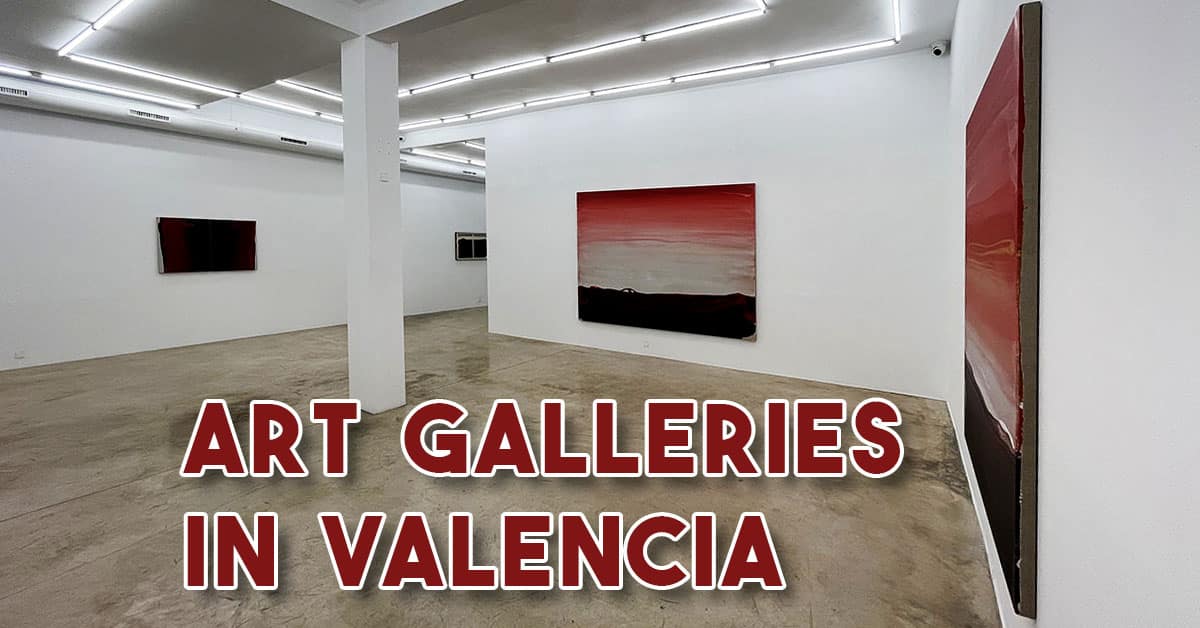

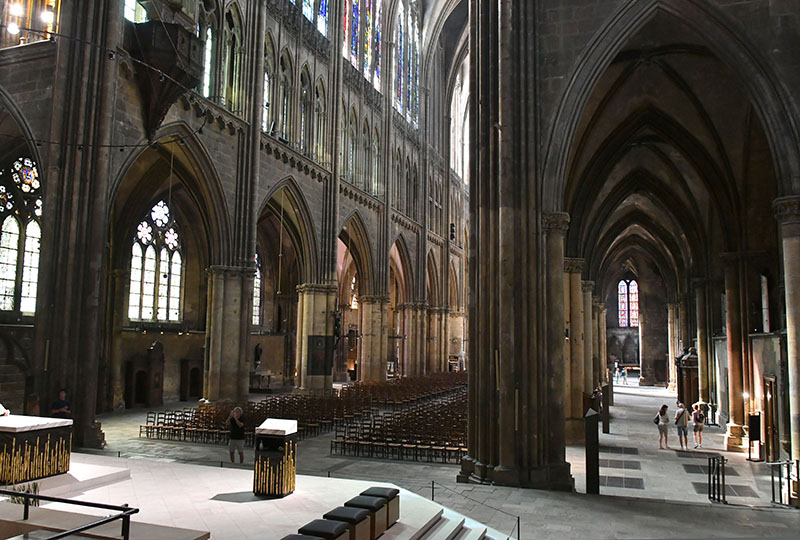















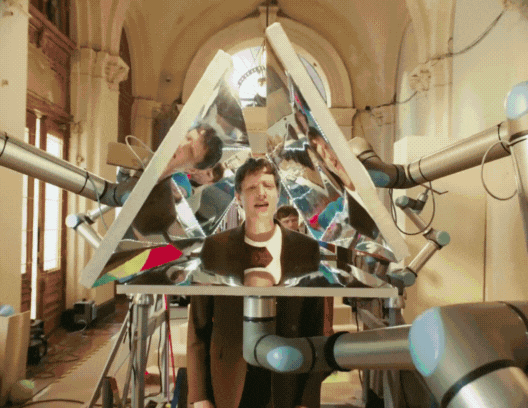





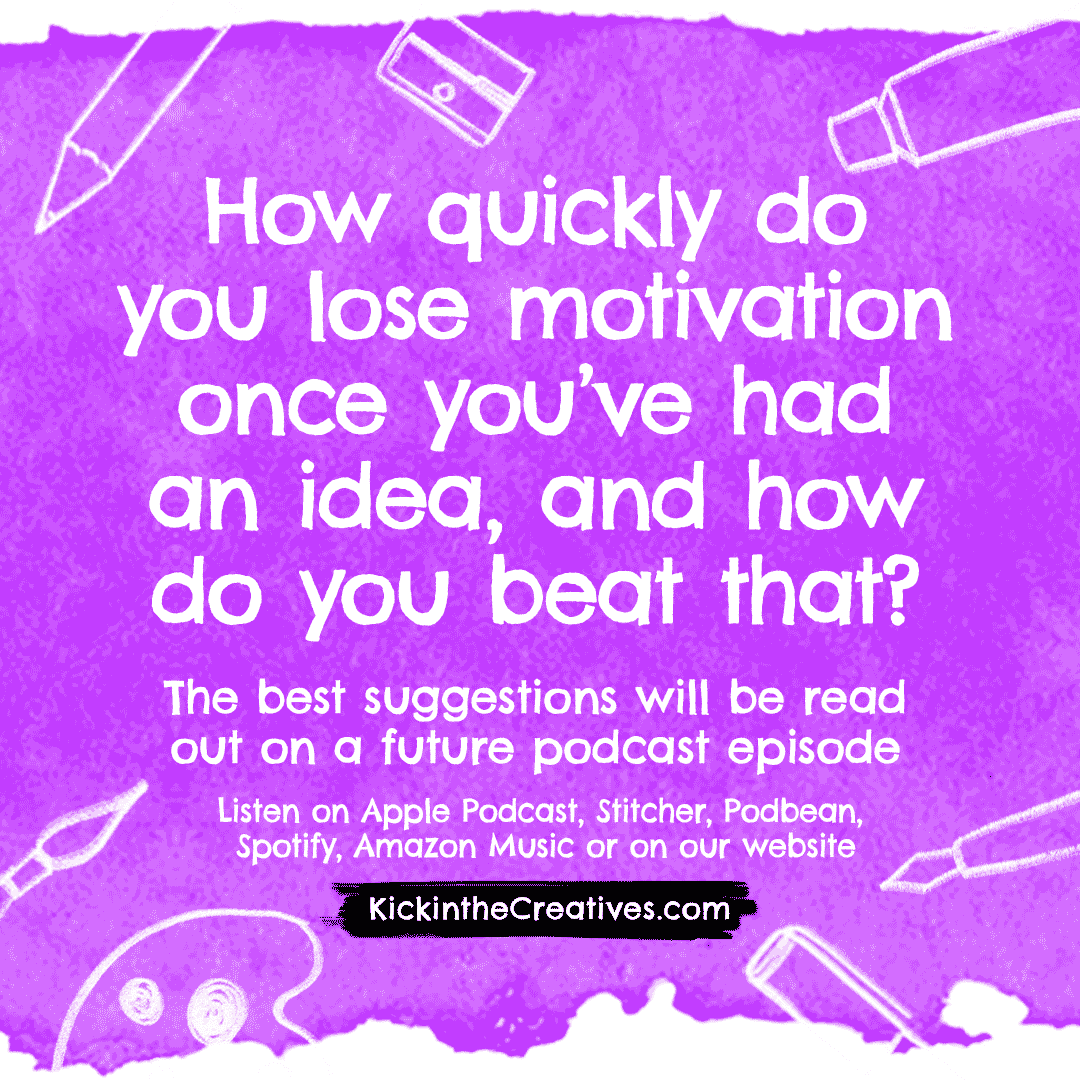
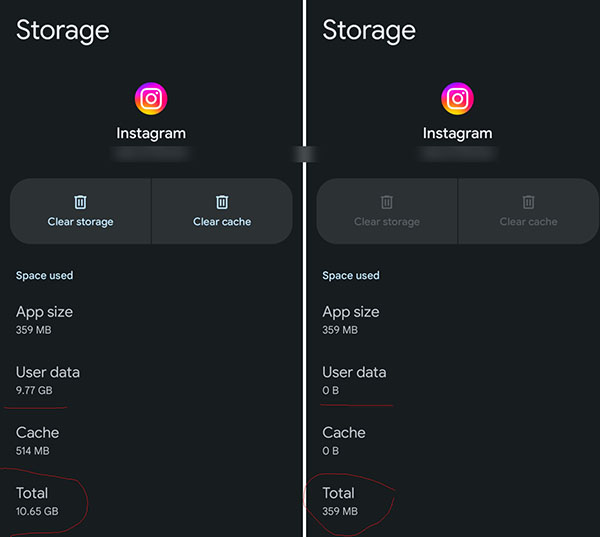


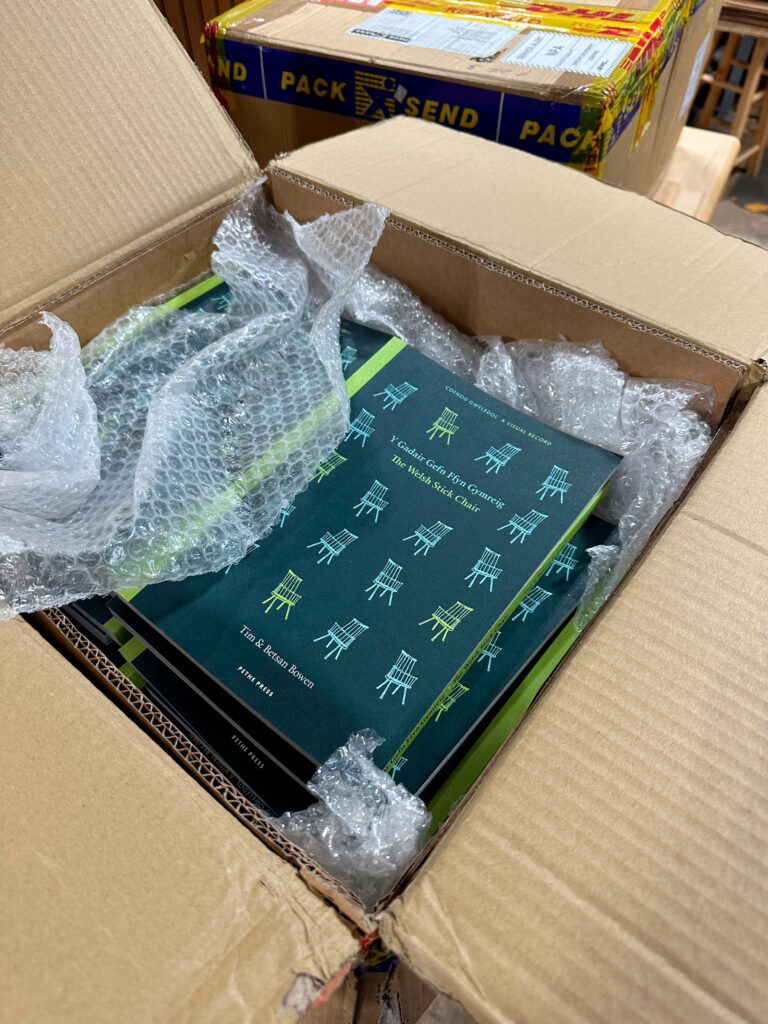

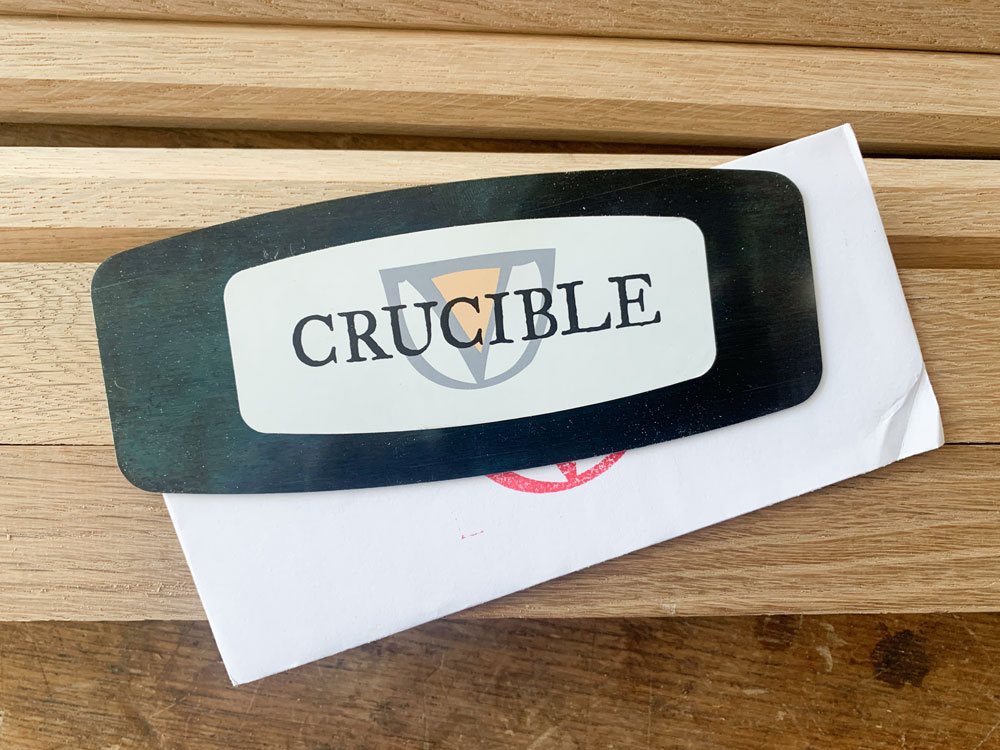
![Best Places to Sell Art Online [2025] Top Art Selling Sites](https://architectman.ir/wp-content/uploads/2025/04/selling-art-online-best-sites-post.jpg)
